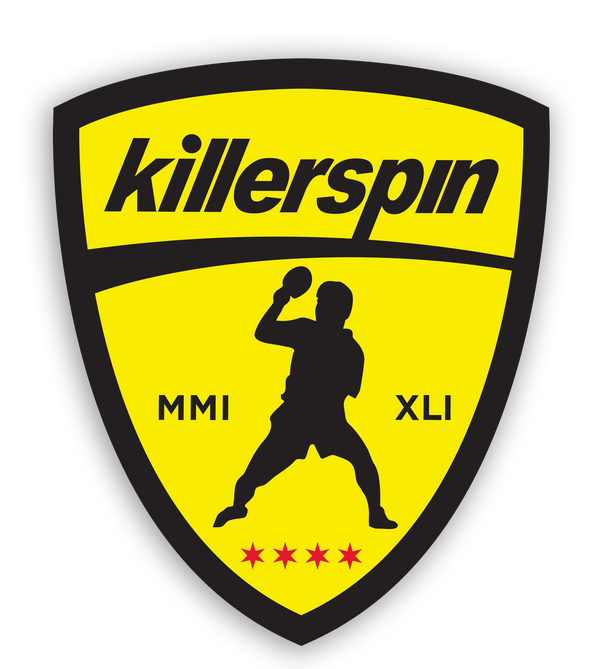
How to Backhand Loop Off Topspin
The backhand loop of underspin has almost become as common as the one from the forehand. Being equally comfortable to open attack from either wing multiplies your options and reduces the demands on your footwork. The adjustment between loop and a top spin ball and an underspin ball is similar to the one required for the forehand. The timing is usually a little later and it requires you to bend your legs a bit more. Since the ping pong ball has the tendency to drop, it requires more upward force. Before the ball bounces, step back a little with your left foot so your feet are almost parallel to the in line. Shift your way a little to the left and twist your body slightly. Drop your right shoulder and pull the ping pong paddle back. After the ball bounces, turn your wrist backward and start the forward motion by pushing your elbow forward and upward.
Now, turn your body into the ball and let your hand catch up with your upper arm while straightening your wrist. Contact the ball after it started dropping just in front of you. This is the contact point. Follow through high and then recover. This shot depends a lot on full commitment. You must snap hard on contact, make sure you let the ball dig into the rubber so it picks up enough spin. Push your hips forward to help the momentum.
As I push my back and I try to bend my knees and try to stay down to keep my back down and then sitting forward so that I get good wrist with my back. With this wrist power you make rotation and make it more [Inaudible 00:02:00] .
Start practicing the stroke against medium underspin balls first so you can perform it a little slower. Then ask your partner to increase the underspin and rip through the ball.
